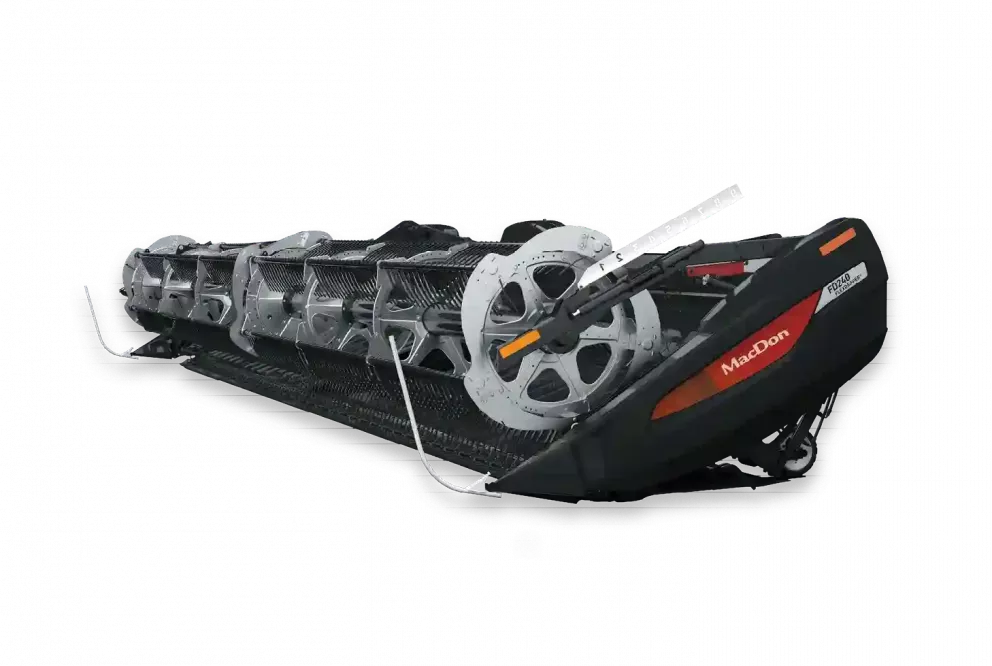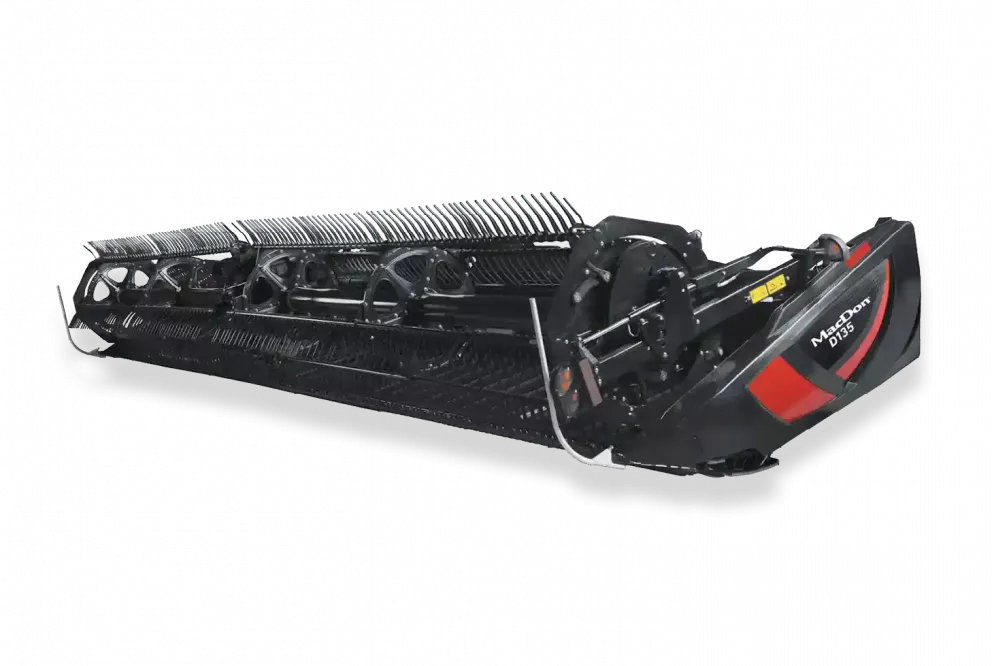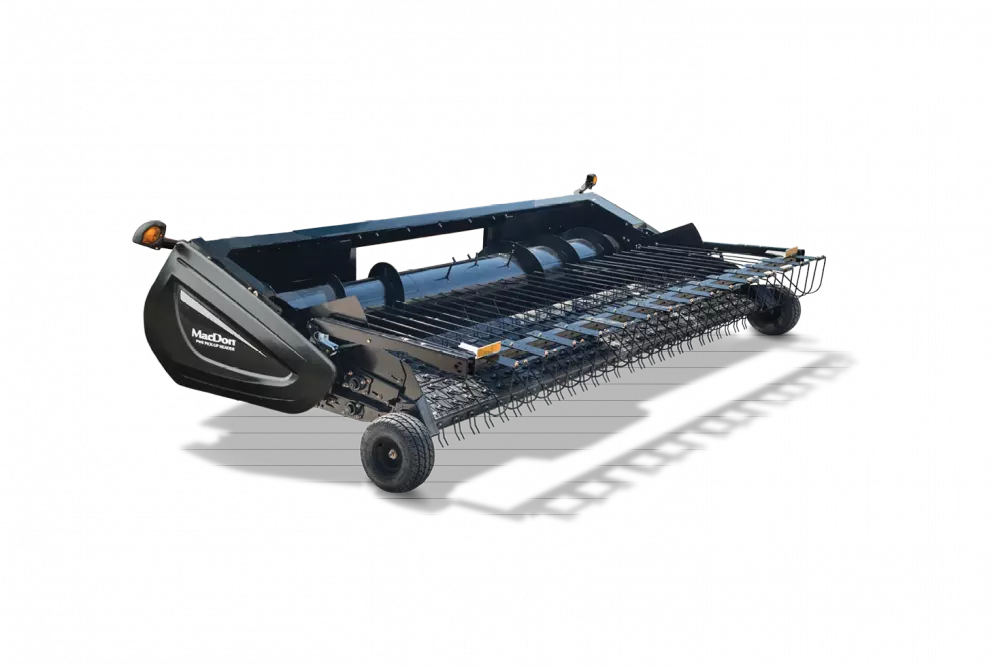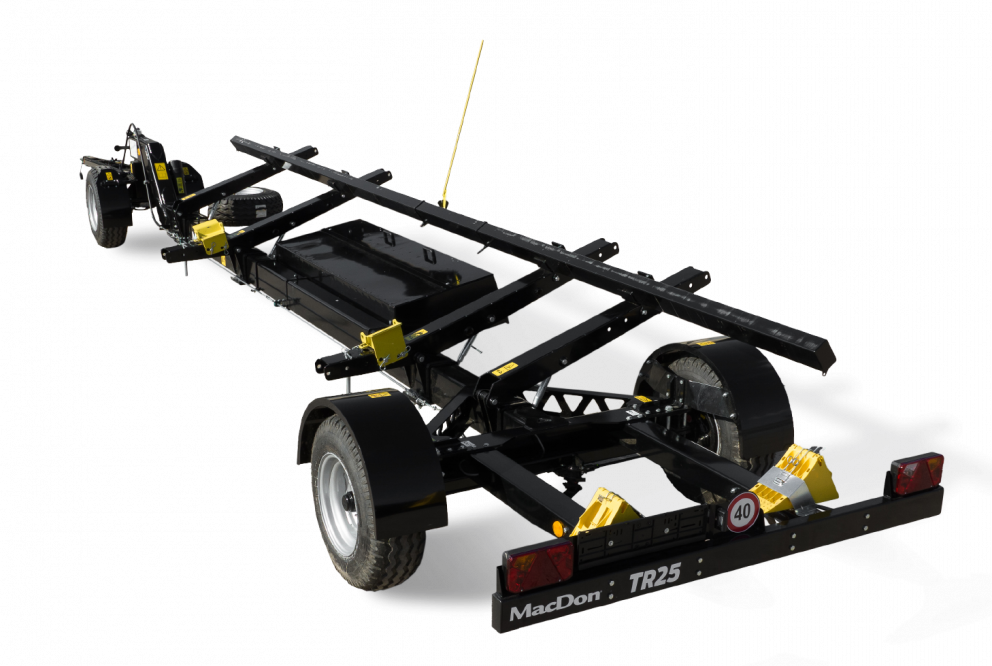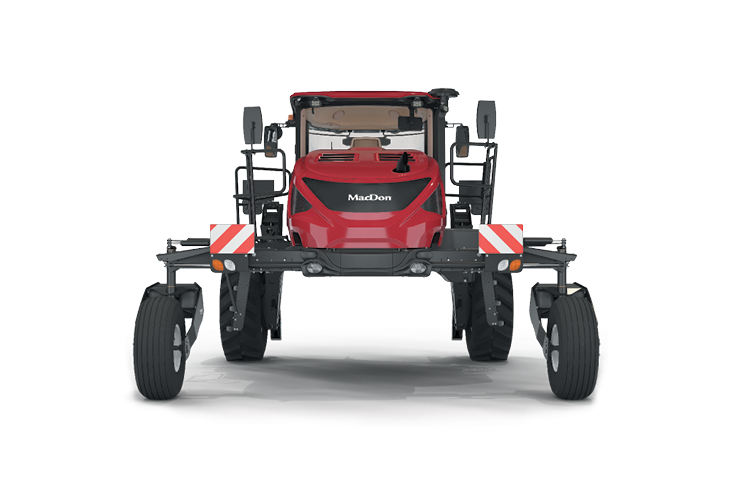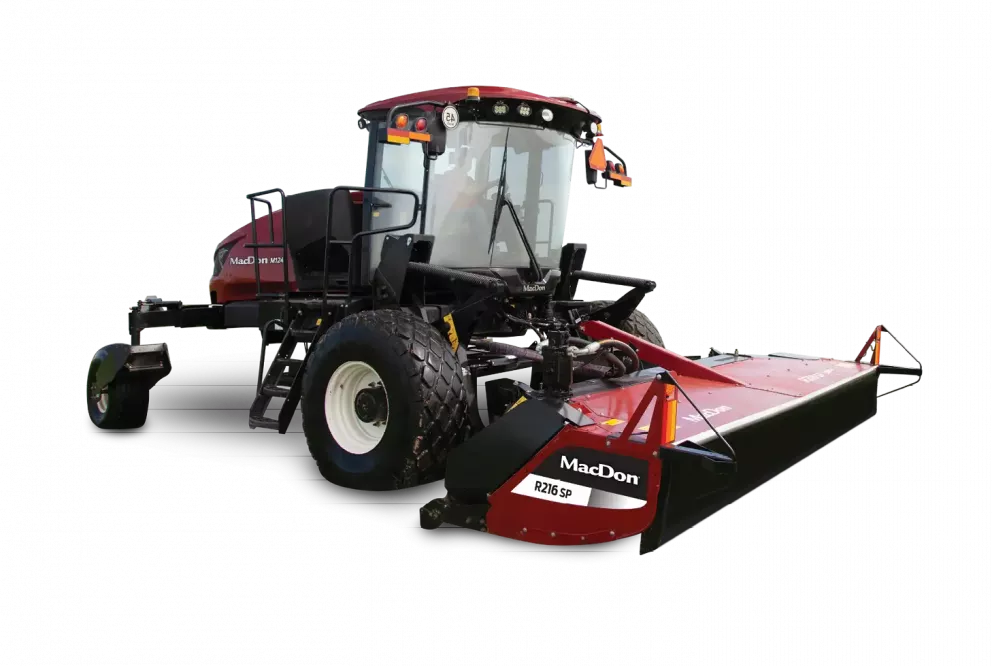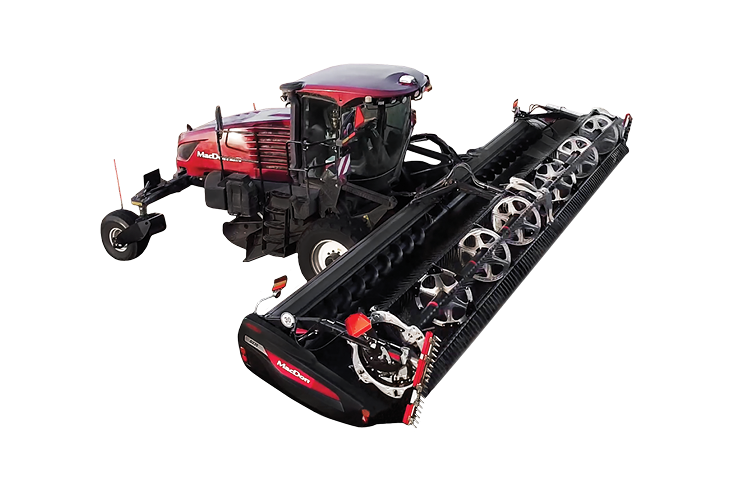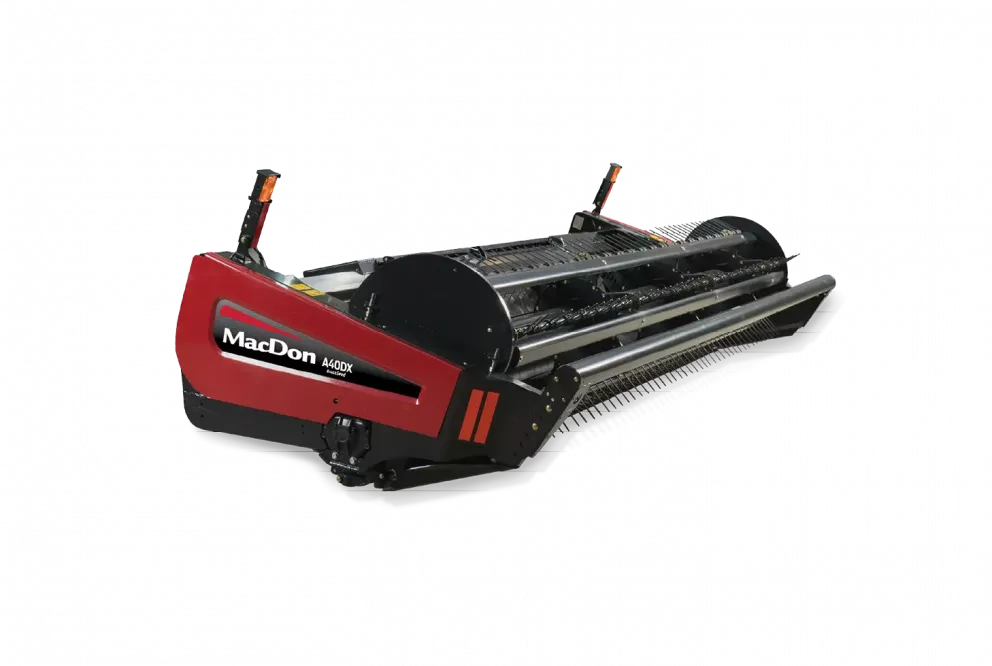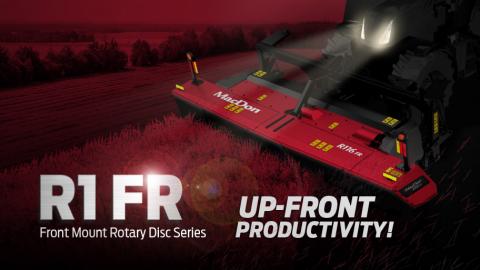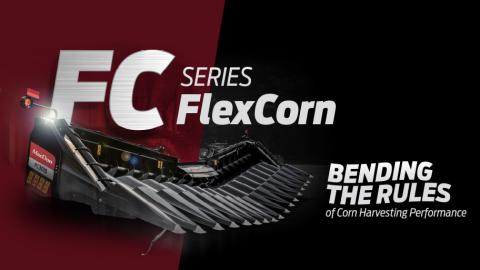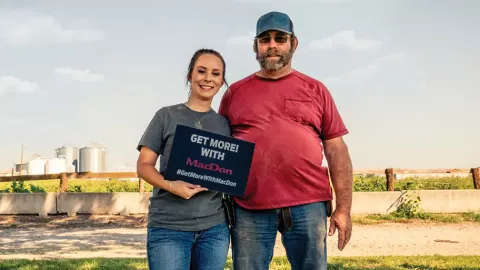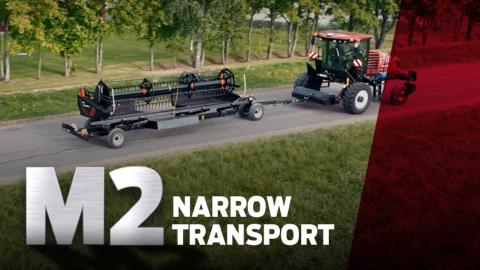At Home On The Road
Paul Paplow's been on the custom run since he was 8. Today, with his wife and 7-year-old daughter by his side and the help of his fleet of FD2 FlexDrapers, Paul doesn't see any signs of stopping.
When Paul Paplow finishes the year's last contract around the time of U.S. Thanksgiving, he is more than ready to stop. After all, his family's custom harvesting business has been on the road non-stop since late May, first cutting fields in Texas, Oklahoma, Kansas, Nebraska, Montana, and North Dakota before joining the fall harvest in places like Minnesota, Iowa, and South Dakota.
Along the way, Paplow Harvesting & Trucking's 10 combines and 20 employees have battled the calendar and weather to cut a swath of more than 120,000 acres of wheat, corn, soybeans, canola, lentils and flax across the American plains. It's enough to make anyone want to put their feet up.
"It's always a good feeling when you finish up in November," said Paplow from his home base in Worthington, Minnesota." It's been a long year, and you're ready to be done. You need a break."
But, like a true nomad, the "good to be home" feeling never lasts long for Paplow.
"For me, that need for a break only lasts a bit. Typically, when the first of January hits, I'm feeling it's time to go again, and I'm looking forward to getting back on the harvest trail."
His preference to be on the road over being at home can be traced back to Paplow's childhood when he began accompanying his parents, Gary and Rhonada, on the company's first harvest runs in the early 90s.
"They went for one or two years on their own, and then I started coming with them when I was eight. It was exciting because I got to drive cool equipment like the tractor and grain cart that no other kids got to run."
The experience taught him that life moved faster and was more interesting on the road.
"My hometown was only 400 people growing up. The first year or two, I thought I was missing something when I was away, but as soon as I got back home, I discovered nothing had changed; everything was still the same. It didn't take me long to figure out I wasn't missing anything, so I was never bothered being on the road after that."
Today, history repeats itself as Paplow is joined by his wife, Christy and seven-year-old daughter, Zoey, on the run. He believes it is truly a wonderful place to raise a child.
"The harvest lifestyle teaches kids responsibility and hard work. Also, harvest kids aren't shy because when you show up in a town where you don't know anybody, you learn quickly how to approach other kids and make friends. So my daughter doesn't have just one group of friends; she has a new group of friends in every town we stop."
Paplow has seen a lot of changes in the more than 30 years he has been custom harvesting, but none more impactful than the sharp decline in the number of harvest crews that he sees on the run these days.
"I think there are less than half the harvesters that used to be on the road from the early nineties, and maybe only a third of what there used to be in the 70's and 80's. Some of that is due to machines getting bigger because you don't need as many to do the same number of acres as you used to."
"But I think a lot of it is also a labor issue because it has become much harder to find good people to work for you. Many companies just had trouble finding labor, so instead of keeping on fighting the battle they just gave up and got out of the business."
Paplow says that it is a challenge every year for him to find the 20 or so employees he needs, so he sources them both from across the U.S. and from places like New Zealand, Ireland and South Africa under the federal J1 Visa program. But regardless of where they come from, finding people he can count on is always hard.
"While it seems like you can always find enough people, the real struggle is finding quality people. I may be a little too picky based on what I see with other crews, but I only hire one person for about every 20 applications I receive."
Paplow has good reason for being careful; after all, he entrusts the people he hires to deftly operate millions of dollars worth of equipment daily under variable – and sometimes extremely challenging – ground and crop conditions. A bad employee or two can quickly put his reputation with his customers in jeopardy, which brings us to one of the main reasons he has fully transitioned to running only MacDon FlexDrapers on his combines after first using an FD75 back in 2015.
"Probably the biggest advantage for us is that they're operator-friendly. We have to train operators every year, and these FlexDrapers are very easy to run for a newer operator compared to the other heads we were using."
Paplow points to several FlexDraper features that make them easier to use, but none are more critical than the FlexDraper's flotation system.
"They're just a forgiving head because they have an active system instead of reactive. The system on the heads we used before MacDon was all hydraulics and electrical sensors on a rigid platform, so it was reactive. If you hit a rock with that, there is no movement because the head is fixed, so the head absorbs all the impact on it. On these MacDons, however, it's an active spring system, so if you hit a rock, the head will bounce so it doesn't absorb all the impact."
Paplow says that while ease of use is a primary benefit, there have been other advantages for their operation since fully switching to FlexDrapers in 2018.
"Back then, I was just fed up with working on our previous flex heads, just non-stop. They couldn't handle the rocks in Montana, so my dad and I finally decided to put MacDons on all our combines."
Paplow remembers that the switch to MacDon was both immediate and dramatic.
"In Montana, we had been going through about 30 guards a day with our previous flex heads, so when we switched to MacDon, we bought 50 guards before we left Nebraska to go up to Montana. Well, we ended up never having to use all those guards that year, not only through all of Montana but also through North Dakota and all of our soybean harvest in the fall."
For the last two years, Paplow has been using FD2 FlexDrapers on all his combines and says his experience has been so positive that he has some advice for FlexDraper owners who have yet to make the upgrade.
"I would tell 'em if they like their FD1 FlexDrapers, they'll love the FD2. It's by far a superior head over an FD1 in every respect; the cutterbar system's much better, there's more flex in the frame and the draper belts are deeper, which allows for better feeding and less hang up on the back of the head."
He notes that the FD2's many improvements become most noticeable under harsher conditions.
"In downed or lodged crop, the FD2 can get underneath it thanks to the reel and cutterbar working so closely together. It also works great in green straw, and you never have to worry about the knife stalling."
"The other nice thing is that even if you plug the cutterbar or stop the sickle, you can reverse the cutterbar to clean it out. You never have to get out of the cab to pull stuff out or grab at straw with your hands, which is especially nice if you are in flax or something like that."
He's also been very impressed with the FD2's new ContourMax™ Contour Wheels, an option he first got to try when MacDon asked him to test a pre-production version of the FD2 a few years back.
"They are a pretty high-priced option (ContourMax™ Contour Wheels), and if it wasn't for us running them on those test heads, I don't believe we would've spent the money to get 'em. But after running 'em, we realized just how nice they were because they let you set your height, and the head will flex at that height no matter what."
"That's big for us in places like Montana where you get some uneven terrain or have to run on the side of a hill where the outside of the header might kick it down into rocks and break sections and stuff. Now, with the ContourMax wheels, we never have to worry; we can just set the header height and always run in flex mode. That makes it very forgiving for the operator. We wouldn't want to run without 'em."
Paplow says their business will likely continue to grow into the future thanks to economic pressures causing most farmers to get bigger, too.
"I always say that we're going to downsize, but we never do; it just seems that there is always enough work for an additional machine everywhere we go, so we keep adding machines. When you have cut for someone for 30 or 40 years, it's hard to say no to them and make them find another harvester. For that reason, I'll never quit this job because it'd be just too hard to leave our customers."
